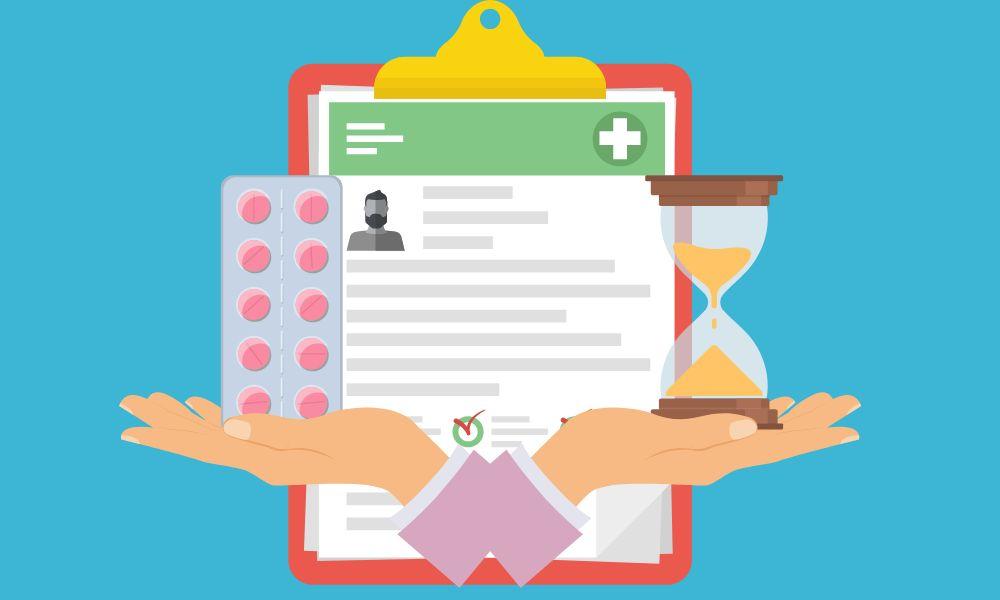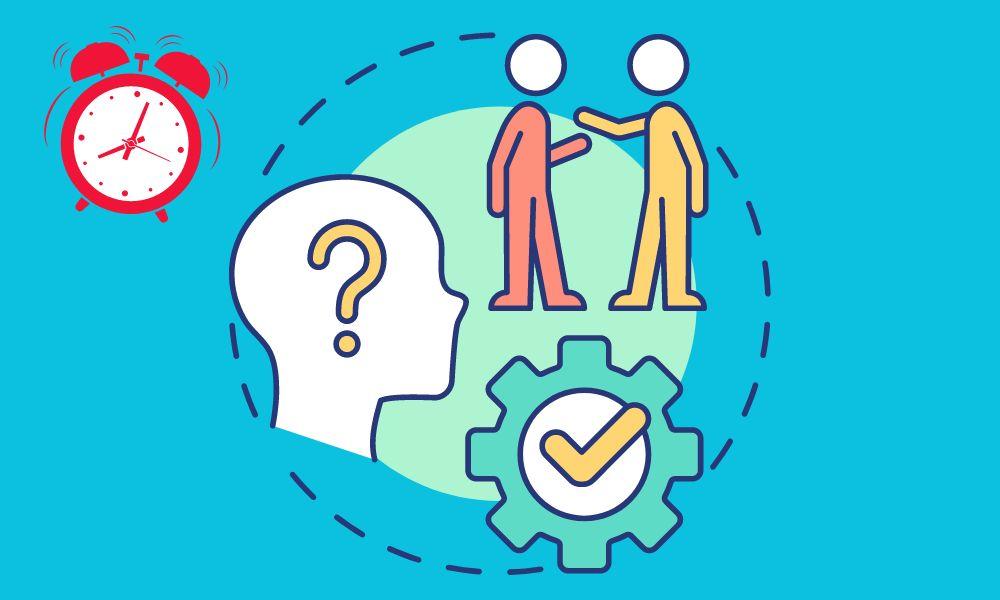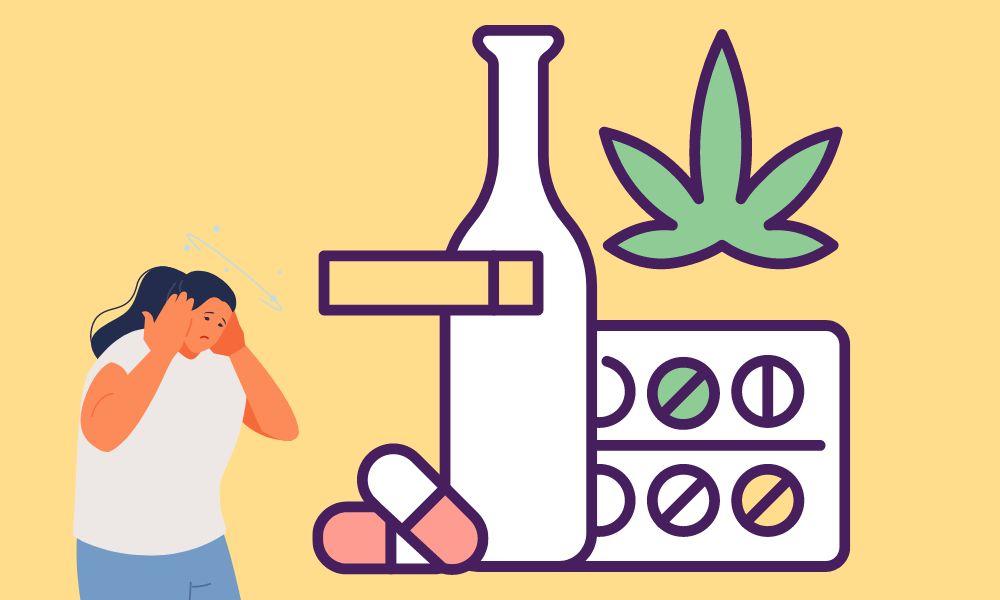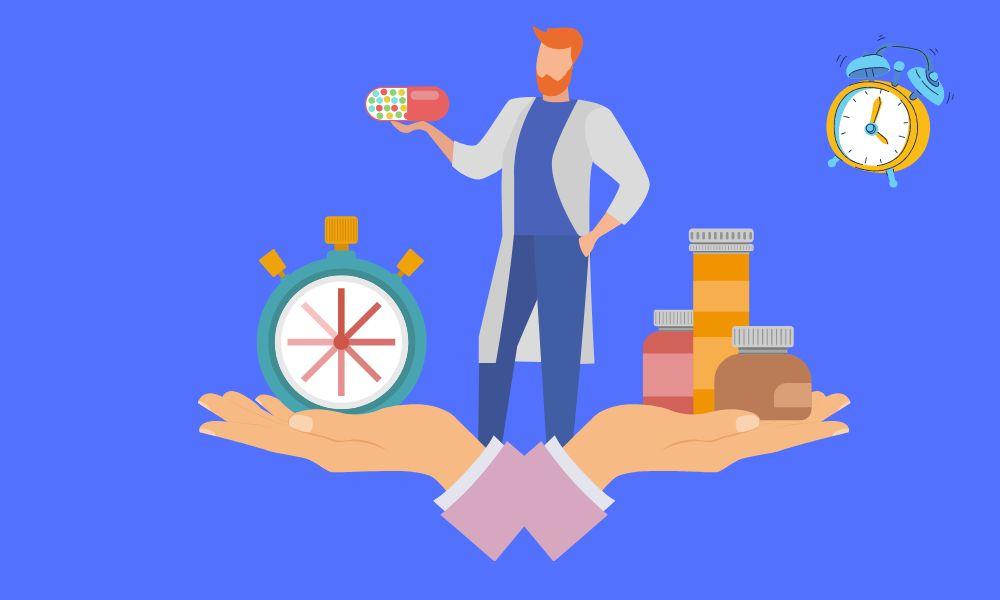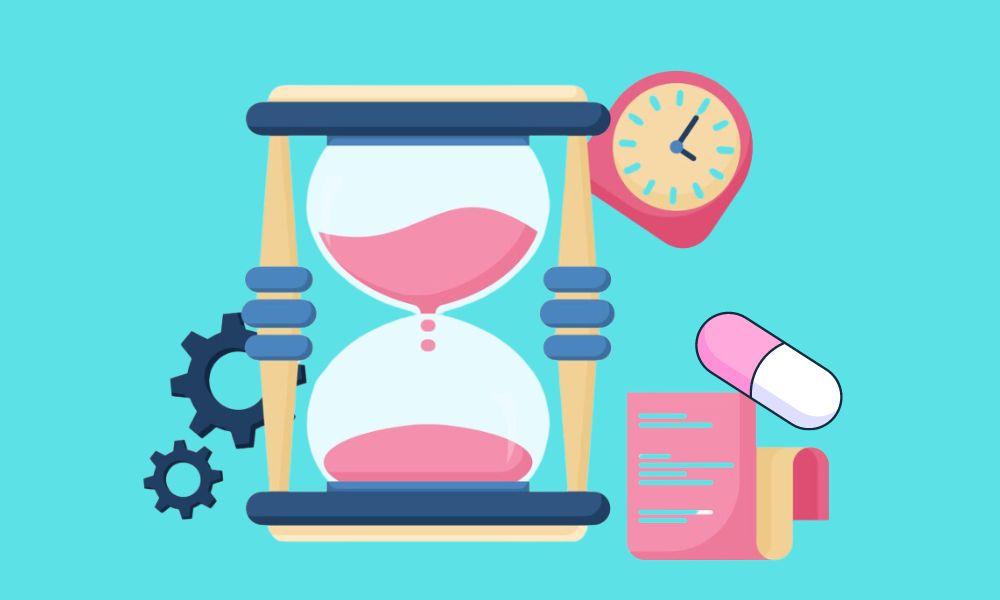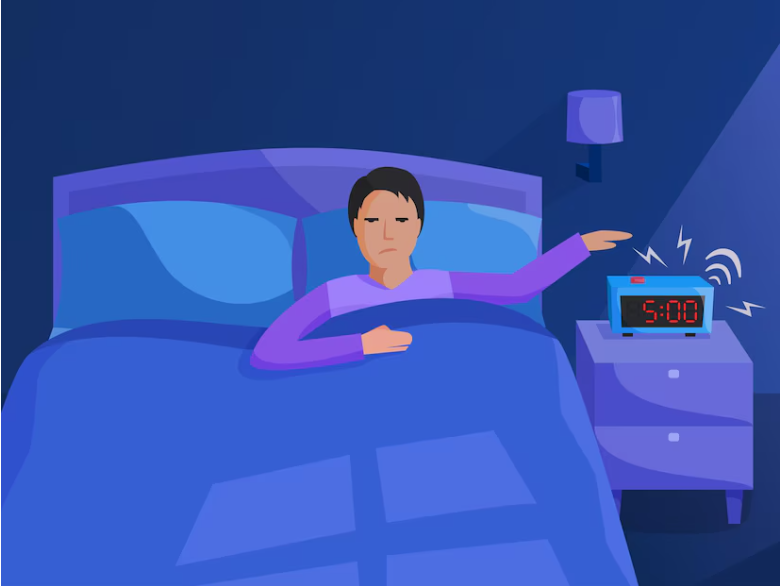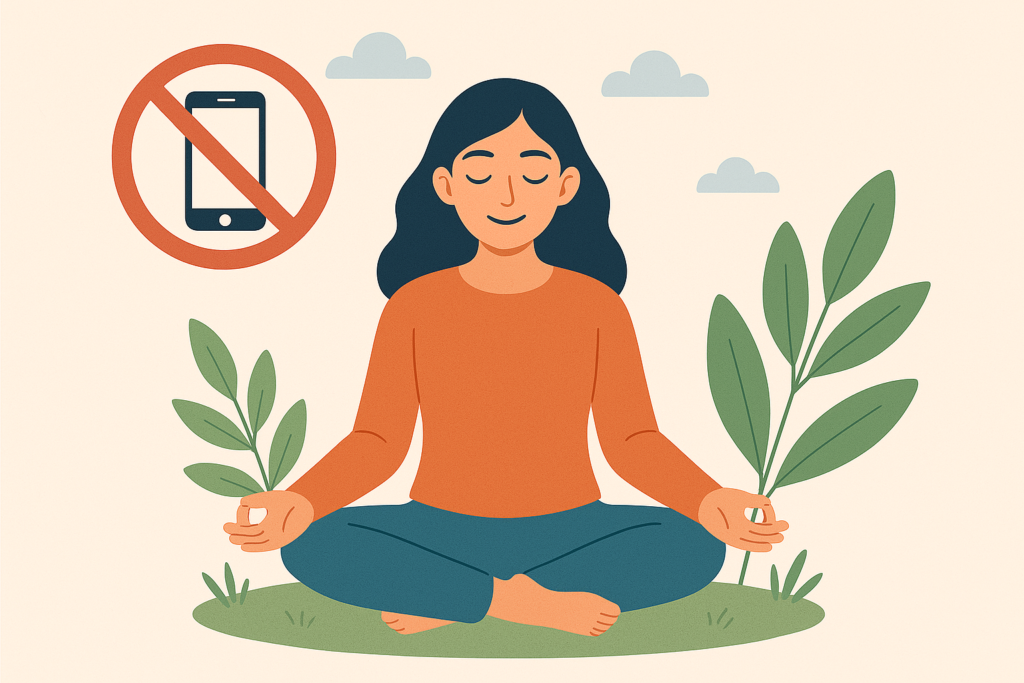
In 2025, our lives are more connected than ever—smartphones, laptops, and smartwatches keep us plugged in 24/7. While technology fuels convenience, it also brings distraction, stress, and mental clutter. Enter the digital detox: a purposeful break from screens to reclaim your focus and well-being. Far from a passing trend, digital detox benefits are gaining traction for their power to boost mental health and productivity. In this blog, we’ll explore why stepping away from devices matters, how it transforms your mind and work, and practical ways to unplug in a hyper-connected world.
What Is a Digital Detox?
A digital detox is an intentional pause from digital devices—think phones, tablets, computers, or even streaming services—to reduce overstimulation and reconnect with yourself. It’s not about ditching tech forever but about creating space to breathe, think, and engage with the world offline. Whether it’s an hour a day or a weekend unplugged, the goal is to break the cycle of constant notifications and mindless scrolling.
With studies showing the average person checks their phone 96 times daily, a detox offers a reset for your brain and habits.
Why Digital Overload Hurts
Our devices are designed to keep us hooked. Social media algorithms, push alerts, and endless content trigger dopamine hits, making it hard to look away. But this comes at a cost:
- Mental Strain: Constant screen time overstimulates the brain, leading to anxiety, irritability, or feeling overwhelmed.
- Focus Drain: Multitasking between apps and emails fragments attention—research shows it can take 23 minutes to refocus after a distraction.
- Mood Dip: Comparing yourself to curated online lives can lower self-esteem, while news overload fuels stress.
- Physical Toll: Eye strain, poor posture, and disrupted rhythms from late-night scrolling sap energy.
A 2024 study linked excessive screen time to higher stress markers, proving the need for balance in our digital diets.
How a Digital Detox Boosts Mental Health
Stepping back from screens can feel like a mental exhale. Here’s how it helps:
- Reduces Anxiety: Fewer notifications mean less pressure to respond or keep up, calming your nervous system.
- Lifts Mood: Offline time fosters real-world connections—chatting with a friend or reading a book—that spark joy.
- Sharpens Clarity: Without digital noise, your brain processes emotions better, helping you feel grounded.
- Builds Resilience: Detoxing teaches you to sit with boredom or discomfort, strengthening emotional grit.
A recent trial found that just one week of reduced screen time lowered participants’ anxiety scores by 20%, showing fast results.
Productivity Gains from Unplugging
Digital overload scatters your focus, but a detox brings it back. Here’s how it supercharges work and creativity:
- Deep Focus: Single-tasking without interruptions boosts efficiency—writing a report or brainstorming feels effortless.
- Creative Spark: Time away from screens lets your mind wander, unlocking new ideas and solutions.
- Time Reclaimed: Cutting an hour of scrolling daily frees up 365 hours a year—imagine what you could do!
- Better Decisions: A clearer mind makes thoughtful choices, from work priorities to personal goals.
Companies in 2025 are even trialing “no-device” hours, with early data showing teams finish tasks faster and report less burnout.
Types of Digital Detox to Try
A detox can be as flexible as your life allows. Here are popular approaches:
- Micro-Detox: Unplug for 30-60 minutes daily—say, during meals or first thing in the morning.
- Screen-Free Evenings: Ditch devices after 7 PM to focus on hobbies or family.
- App Limits: Restrict social media or news apps, keeping only essentials like maps or calendars.
- Weekend Reset: Go offline for a full day or two, diving into nature or face-to-face chats.
- Single-Device Day: Stick to one device (e.g., phone) to cut multitasking.
Pick what feels doable—small breaks can lead to big shifts.
Practical Tips to Start Your Digital Detox
Ready to unplug? These steps make it easier:
- Set Clear Goals: Decide why you’re detoxing—less stress, better focus?—to stay motivated.
- Use Tech to Limit Tech: Apps like Freedom or Screen Time can block distracting sites for set periods.
- Create No-Phone Zones: Keep devices out of meals, meetings, or your bedroom.
- Replace Habits: Swap scrolling with reading, journaling, or a walk to fill the void.
- Warn Others: Tell friends or colleagues you’ll reply slower, easing the pressure to be “on.”
- Track Wins: Note how you feel post-detox—calmer? Productive?—to reinforce the habit.
Start with an hour and build up. By week two, you’ll crave the freedom.
Overcoming Detox Challenges
Going screen-free isn’t seamless at first. Here’s how to tackle hiccups:
- “I Need My Phone for Work”: Set auto-replies or check email twice daily to stay responsive without obsession.
- “I’ll Miss Out”: FOMO fades when you realize most updates can wait—try muting group chats.
- “I Get Bored”: Plan fun alternatives like cooking or puzzles to make offline time rewarding.
- “It Feels Weird”: Ease in with short breaks; your brain adjusts as dopamine cravings lessen.
Persistence pays off—after a few tries, unplugging feels natural.
Digital Detox in a Connected World
In 2025, tech isn’t going away, nor should it. A digital detox isn’t anti-technology—it’s about using it mindfully. Regular breaks help you control devices, not vice versa, fostering habits that last. Some are even blending detoxes with “digital minimalism,” curating apps to only what sparks joy or value, inspired by trends on platforms like X.
When to Seek Extra Help
If cutting screen time doesn’t ease stress or mental fog, deeper issues might be at play—like chronic anxiety or work overload. A therapist or health coach can offer tailored strategies. Persistent eye strain or headaches from screens also warrant a check with a doctor or optometrist.
Final Thoughts
A digital detox is a rebellion against distraction, a chance to reclaim your mind and time. Its benefits for mental health and productivity are real, backed by science, and open to anyone willing to pause. Start small—leave your phone behind for one coffee break—and notice the difference. In a world that’s always on, choosing to unplug is choosing yourself.
Author Details



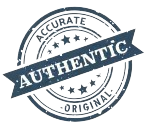
Medical content by qualified psychiatrists
Our editorial policy

Zopiclone precautions Read our potential abuse notice

Looking for a seller? Locate the best Zopiclone vendor
